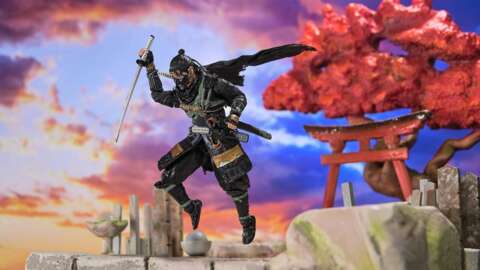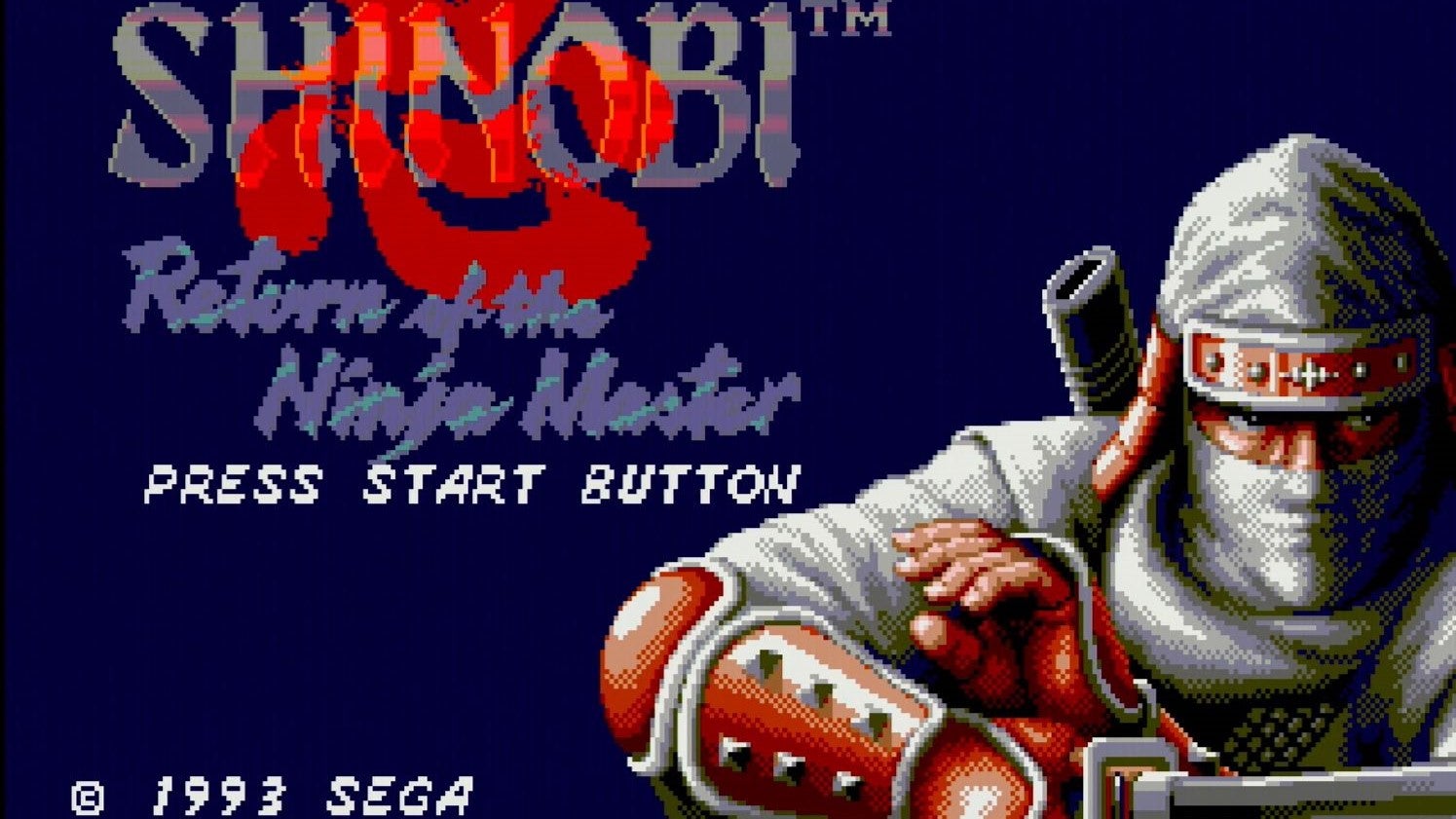Christopher Nolan is no stranger to blowing things up. From Inception’s snowy alpine fortress to Tenet’s airport collision, he’s always been one to create as many thrilling moments as possible through in-camera effects. But no one explosion could ever be as crucial to a Nolan film as Oppenheimer’s landmark Trinity Test - a faithful recreation of the world’s first-ever successful atomic bomb detonation.
But, for a director with a long-held passion for practical effects, it was actually one of the rare occasions from his previous films where he embraced CGI methods that made it clear to him that Oppenheimer’s cinematic centrepiece would have to be created without the use of computer graphics.
“At the end of Dark Knight Rises, there's a nuclear explosion, the point of which is very, very different from the explosion we knew we had to portray in the real-life Trinity test”, says Nolan. “So we used computer graphics to do the explosion in Dark Knight Rises. But, strange to say, in that sequence, it was the release of tension. It was actually put further away and made to feel safe.”

“But when I came to Oppenheimer and I thought, okay, how do we portray the Trinity test? That first atomic device being detonated. That's not going to work because computer graphics, they're extremely versatile, and the detail that can be achieved and the variety of imagery that can be achieved is obviously unparalleled. But the results tend to feel a little anodyne, a little safe. It's very difficult to have computer graphics convey threat, which is why they have to be used very carefully in horror movies, for example. It's difficult to make CG threatening.”
“So I first showed the script to Andrew Jackson, my visual effects supervisor, and said, I don't think that tool's going to work for us. So let's see if we can produce all of these effects using analog methods, from the very first imaginings that Oppenheimer has of the quantum world, of atoms, and how they would be interacting with strong force between them. Waves, particles, the duality of that.”
The scene set prior to the detonation in the vast New Mexico desert is one filled with tension. Each member of the cast is on top of their game displaying a range of excitement, fear, and dread. It’s a breadth of emotion that needed to be carefully balanced by Nolan and reflected in the blast itself. So many of his previous stunts and set pieces were designed in order to thrill and entertain the audience, turning their world upside down like a semi-truck flipping over in downtown Gotham.
Oppenheimer called for a different type of effect. One more akin to a moment of tragedy from something like There Will Be Blood than the heroic action of Top Gun: Maverick. It’s meant to be a horrifying moment that leaves theatres solemnly quiet as opposed to whooping with glee.
“Well, it's useful that you use the word horrific in the same breath as entertainment, which seems contradictory”, Nolan explains. “And of course, it's a little uncomfortable talking about the word entertainment in regard to something so serious. But horror is a valid genre in cinema, the same way as drama, romance, comedy, or anything else. Movies can be anything. And when we speak of entertainment in movies, we're not necessarily talking about fun, laughter, and happy things. We're talking about engagement. We're talking about being riveted by a very tense and dramatic story. And possibly appalled, possibly horrified.”

“That's engagement and that is the stuff of entertainment”, states Nolan. “And so for me, everything about Oppenheimer's story was about engagement. Everything is about being in his head and using the IMAX format, which we've used for action in the past, we knew it would give us the vast desert, the weather coming in, the storms, the Trinity test itself, with its beauty and horror in equal measure. That contradictory impulse. And it's there in the story structure as well, the build and the Trinity test, and then what comes after. This is a film about consequences. And we want it to be unsettling.”
The Manhattan Project was one of great secrecy at the height of World War Two. It’s surprising, then, that so much archival footage of the events exists. This was a luxury that Nolan happily took advantage of, pouring over the available films to grasp an accurate sense of what Los Alamos looked like at its bustling peak.
Being true to life is one thing, however, and something Nolan values highly, but that also needs to be balanced with making sure it's still a cinematic spectacle to behold."
“It's a tricky balance with something as well documented as the Trinity test”, says Nolan. “It's very inside baseball as they say, but for filmmakers to look at the cameras they developed, the way they shot those tests. It's really remarkable, brilliant stuff. Shooting at frame rates far beyond what we can do now. All kinds of incredible technology, but archival footage is inherently distancing. We needed to be in the texture of the film with all of the imagery we created. So it was incumbent on us to be guided by, and not contradict, the documented reality, but to be expressive of it in our own way.”
"I think it was fortunate for us that the bulk of the documentation of the Trinity Test is in black and white. So at the very least, by bringing color to it, we're being forced to make it our own. And a lot of what we did, in both the shooting, and then, in particular, in the editing of the sequence is really based on firsthand accounts. It's more about what people said about it than what the photographs or the film of it said.”

One thing that couldn’t be legitimately reproduced was, obviously, the atomic blast itself. Multiple techniques were experimented with by Nolan’s special effects team led by Scott Fisher and Andrew Jackson to recreate the sparking flashes and fiery flurries of the explosion. Ping-pong balls were smashed together, paint was hurled across walls, and luminous magnesium solutions were developed.
By filming these events super-close up at variable frame rates they combined with Director of Photography Hoyte Van Hoytema’s sweeping IMAX cinematography to create in-camera effects that fill the screen with a power that such a monumental event demands.
“Some of what we were shooting was main unit. Some of it was being shot with Andrew Jackson, our visual effects unit”, explains Nolan. “And so we were seeing it in pieces. And I do remember one particular set of dailies that we watched that these guys had shot, that really captured a feeling of immensity.”
“Scott Fisher's work on the special effects, combining magnesium flares with gasoline, and black powder explosions, and things. There were some extraordinary things to look at just to eye. But watching the dailies, you were seeing it develop with my editing brain on, and then with Jen Lame, the editor in the edit suite, you just start visualizing combinations, and experimenting with combinations of imagery to give the feeling of what this must have felt like to watch this. And what that gave me in the edit suite was this thread, this connecting set of analog techniques that confuse scale, from the particle world of quantum mechanics, to the vast universe, astrophysics, et cetera, and all the points in between.”
“We try and grow that thread to its ultimate release, this kind of vibrating energy that follows through the whole film, to its ultimate release in this incredibly destructive event”, Nolan continues. “And so some of what they did was absolutely tiny and magnified, sort of miniature, as it were, or even beyond that really, microscopic. And some of it was absolutely vast and required intense concentration on set.”

“We were out there in the desert of New Mexico, just like the scientists of the Manhattan Project. We built the bunkers, we built the tower. We're out there at night preparing for these very large-scale explosive events that have to be conducted safely and with great care. So there's a tension, there's an anticipation in what we are doing as filmmakers that I think helps the actors, helps everybody understand, gain some small understanding of what must it have been like to be there that night, that early morning at the Trinity test.”
The end results are there for all to see. The moment the Trinity Test explosion lights up the screen is a stunning example of practical effects work. A worthy rendering of one of history’s most pivotal events, the scene never once forgets to take its eyes off of the people responsible for it - with Cillian Murphy’s face one that mirrors most who’ll watch it, one of awe, in the very literal definition of the word.
“There was a definite feeling of what we are seeing is both beautiful and dangerous, in equal measure”, states Nolan. “And that's what we had asked for. So we always knew that the sequence would be a collage rather than one iconic shot. If there is an iconic shot, I think it's the profile of Oppenheimer seeing it.”

“And I think part of the unsettling quality of the film is due to, you do feel engaged, you do feel you understand Oppenheimer, you're on that journey with him. You're not judging him. And so when you're then made to feel differently about things or question things you've already seen, it is a little uncomfortable. It's a little unsettling. And I'm hoping that the film leaves people with sort of an uneasy feeling.”
Oppenheimer will be released in cinemas from July 21st.







